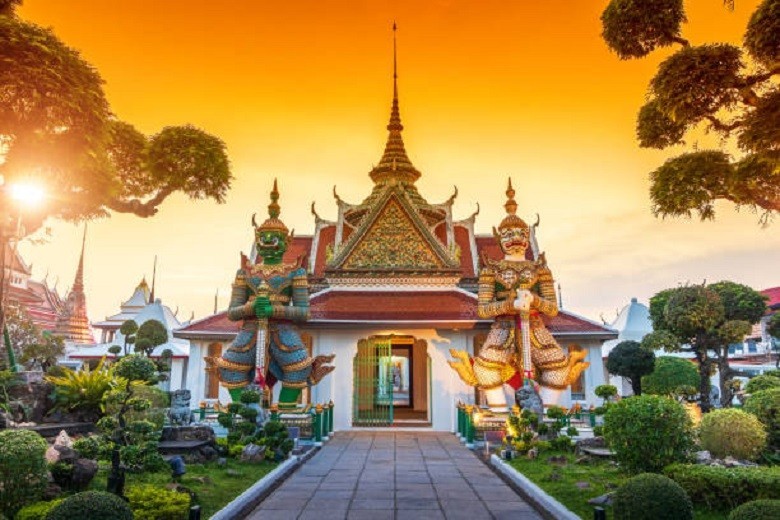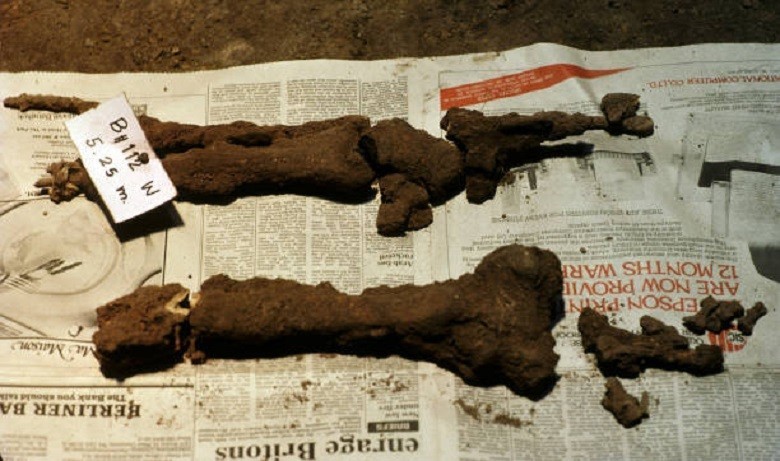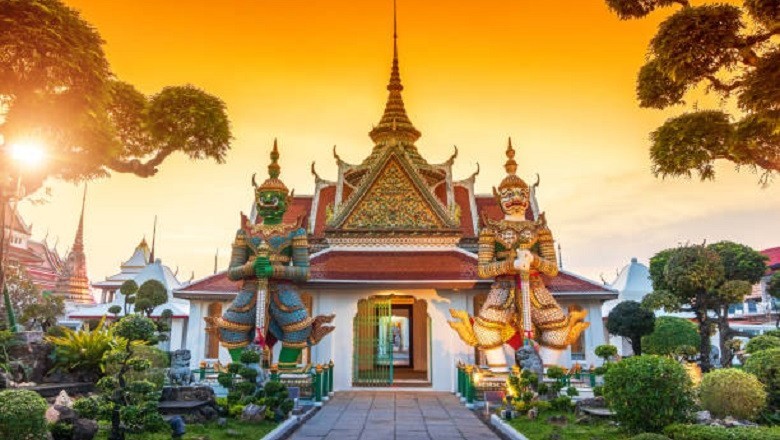The history of Thailand has always been cloaked in a veil of mystery, with origins that stretch back hundreds of thousands of years. Evidence of early human inhabitants, particularly the Homo erectus fossils discovered near Lampang, provide a glimpse into a time when our ancestors roamed this land. As we delve deeper into time, we find remnants of a thriving agrarian society around 3000 BC on the Korat Plateau, where early workers demonstrated skill in bronze and farming. This chapter sets the stage for understanding how such ancient beginnings could morph into the remarkable civilization we recognize today as Thailand.

As centuries passed, the area saw the rise of complex societies known as the Khmer and Mon kingdoms. These influential cultures played a significant role in shaping the religion, art, and trade dynamics of the region. By the mid-seventh century, the Thai people from the Nan Chao kingdom began migrating southwards. While many settled under Khmer dominance, others sought autonomy, setting in motion a narrative filled with conquests and the quest for freedom.
The Birth of SukhotaiIn 1238, the Thai narrative took a pivotal turn. Sri Intraditia, a chieftain from the Sukhotai region, declared independence from the Khmer Empire, founding a kingdom that symbolized freedom; the term “Thai” translates directly to “free.” This chapter recounts the exhilarating formation of the Sukhotai Kingdom and its rapid expansion, marked by diplomatic relations that raised the profile of the new kingdom both regionally and abroad.

Though the Sukhotai Kingdom expanded its influence across neighboring regions like Laos and Burma, it eventually faced challenges that led to its decline. The chapter elaborates on how internal discord and external pressures—culminating in the rise of the Ayutthaya Kingdom—signaled the end of the glorious Sukhotai era, capturing the complexities of power shifts in ancient Thailand.
The Ayutthaya Kingdom's AscendancyIn the 14th century, the city of Ayutthaya became the epicenter for a newly founded kingdom. As the Ayutthaya Kingdom emerged, it established itself as a dominant force in Southeast Asia. This chapter highlights Ayutthaya's unique governance structure, focused on loyalty and decentralization, allowing it to flourish. The kingdom's aggressive foreign policy, both militarily and economically, marked a historic leap for Thai civilization.
Encounters with EuropeAs Ayutthaya sought to expand its reach, its first encounters with European powers brought new opportunities and tensions. The arrival of the Portuguese in 1511 heralded a series of trade treaties, opening doors for Ayutthaya to establish lucrative relationships with the West. This chapter provides an intricate narrative of early diplomacy and the benefits that came with it while foreshadowing the complexities of future colonial ambitions.
A Golden Age InterruptedThe 18th century saw a burgeoning arts scene, a rise in education, and blossoming literature that historians now refer to as Thailand’s Golden Age. However, this era of cultural wealth was abruptly halted when the Burmese armies invaded in 1767, leading to the destruction of Ayutthaya. The chapter captures the intensity of this period, highlighting the resilience of the Thai people post-invasion.
The Road to RebuildingAfter the fall of Ayutthaya, Priya Taskin, a former military commander, rose to prominence. He strategically relocated the capital to Thonburi. This chapter narrates Taskin's fervent efforts to foster trade relations with China, paving the way for economic recovery. However, his tenure was cut short as Thailand faced further political upheaval and change.
The Chakri DynastyIn 1782, General Chao Freya Chakri seized the throne, founding a dynasty that endures to this day. He moved the capital to Bangkok, transforming it into a vibrant urban center. This chapter details the innovations brought forth by the Chakri rulers, emphasizing their focus on modernization, diplomacy, and cultural revival against a backdrop of colonial pressures from Europe.
Evolving SiamThe reign of King Mongkut (Rama IV) marked the beginning of extensive reforms, modernizing Siam's governance and military. The chapter depicts Mongkut’s challenges against the backdrop of increasing Western influence and pressures, highlighting his diplomatic maneuvers that sought to preserve Siam’s status as a sovereign nation.
Siam during Times of WarTensions during World War I and II placed Siam in precarious positions. By aligning with the Axis powers during WWII, the nation faced fallout from the global conflict. This chapter chronicles the complexities of Thai politics, societal shifts, and the struggle for autonomy against widespread turmoil.
The Birth of DemocracyThe bloodless coup of 1932 initiated a significant transformation, abolishing absolute monarchy in favor of a constitutional system. This chapter covers the struggles, achievements, and setbacks of building a democratic society amidst a backdrop of military influence and political turbulence that would echo through the decades.
Economic TurbulenceAs Thailand entered the late 20th century, the nation faced immense economic challenges, most notably the 1997 Asian Financial Crisis. This chapter elucidates the impact of global economics, public reactions, and how the crisis catalyzed governmental reforms and societal changes, reshaping Thailand’s economic landscape.
The Path ForwardIn the wake of the 2017 ascension of King Vajiralongkorn, hopes for political stability and further democratization emerged. The chapter concludes with a discussion of contemporary Thailand’s challenges and prospects, considering how its rich history propels the nation toward its future. Here, we reflect on a journey filled with resilience, adaptability, and the enduring spirit of the Thai people in pursuit of autonomy and identity.
This narrative illustrates the intricate tapestry that is Thailand’s history. From ancient origins to modern restructuring, Thailand's story is one of resilience, adaptation, and a quest for identity against a backdrop of external and internal forces. Each chapter invites readers to explore and understand the dynamics that have shaped this extraordinary nation, revealing how its past informs its present and future.

